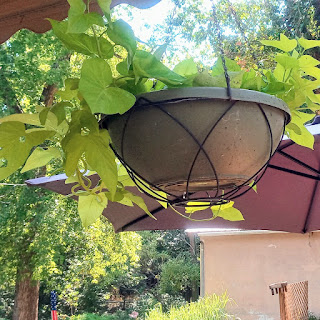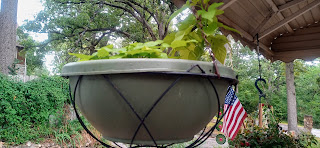Just because the summer season is coming to an end it does
not mean that you cannot enjoy beautiful flowers during the fall season. There are many flowers that you can plant in
September that will add color and interest to your fall containers or feature
gardens.
Zinnia flowers will add interest to your feature gardens and some zinnias can be grown in containers. Dwarf zinnias are best for container gardens.
Here are photographs of zinnia flowers
The dwarf zinnias come in a variety of colors and will bloom continuously during the fall season and until there is a hard frost. You would just need to provide your zinnias with at least 8 hours of sun daily and water when the soil is dry to the touch. Plus deadhead all spent flowers and your zinnia plant will give you repetitive blooms.
This year I sowed zinnia seeds in the spring and then again in mid-August. The flower germinated quickly in the
warm soil. I have been deadheading the
spent blooms to encourage new growth and more flowers. All of the zinnias are still blooming in my
end-summer garden.
Even in cooler weather, the zinnia does not bolt. Our weather is
warm mid 70’s during the day and cool low 50’s at night. As long as my zinnia gets sun throughout
the day they will continue to bloom until a hard frost.
After a hard frost, I will cut back the zinnia plants and
deadhead any remaining flowerheads as this is a way to collect seeds for the
next spring season planting. Or you can buy seeds online or at your local garden center.





































